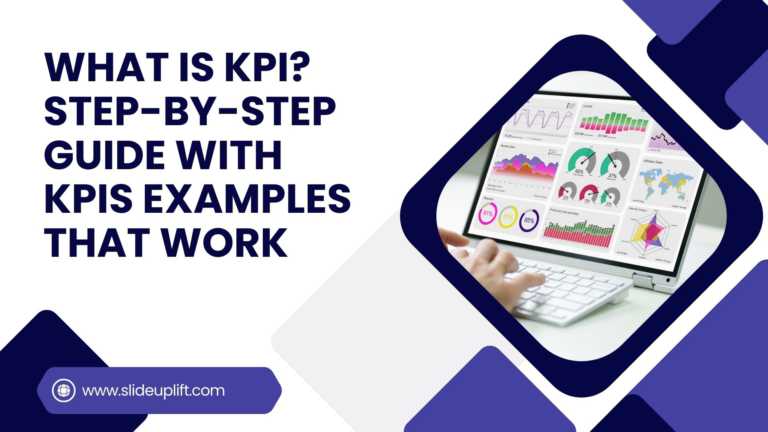Crisis Management Framework For Businesses: How Should Businesses Respond In Wake Of Coronavirus (COVID-19)
The COVID-19 pandemic effect is far more significant than any other pandemic or epidemic in recent human history. It has affected the lives of billions, and the economic damage is unprecedented. Business leaders around the world are concerned that their companies need to recover and ultimately thrive again.
As there is no “one size fits all” crisis management solution to tackle this situation. Regardless of how badly the pandemic has affected an organization, we believe that such a typical crisis can be addressed using the following framework:
Phase 1 – Respond
These are the actions that the company needs to take to manage the current situation as their crisis management plan.
A few points to consider while preparing to respond:
- Understand Business Trends:
- Focus on operational changes and external environment factors that require quick business decisions.
- Re-evaluate risks by challenging business assumptions, reviewing unit costs, performing financial aggregations.
- Develop risk mitigation plans
- Build a communication channel to ensure all the stakeholders are on the same page.
- Given one of the biggest implications of Coronavirus is Remote Working:
- Identify and manage the issues related to data security and privacy in remote working arrangements.
- Identify the potential risks, such as IP infringement and identity theft due to remote access to the official data.
- Given Pandemics are considered a natural calamity:
- Identity, collect and manage data relevant to contracts.
Phase 2 – Recover
Businesses learn from the crisis and try to emerge stronger
- Upgrade and strengthen your procurement policies to ensure quality and speed.
- Ensure effective vendor onboarding procedures.
- Re-evaluate the contracts and data retention policies.
- Identify key contractual clauses, such as Force Majeure, liquidated damages, and termination rights.
- Monitor the magnitude of loss to business due to failure to meet obligations.
- Use compelling hypotheses on historical and recent data to make informed decisions.
- Frequently assess outcomes using analytics and prediction methods to make the necessary correction.
Phase 3 – Thrive
Companies prepare themselves for the “new normal.”
- Renegotiate contracts wherever necessary.
- Seek appropriate safeguards to future-proof contractual obligations.
- Gain business transparency on process and transaction areas for effective customer engagement, financial impacts, and trends.
- Create rapid response teams.
- Gain operational and process insights: Continuous evolution of business processes and practices is only possible through regular assessment of improvement areas and process deviations using advanced data science measures. The management has the added responsibility to consider the three phases of the framework concurrently and allocate resources accordingly. Resilient leaders can take specific steps to make this framework more effective as their crisis management plan, reducing their impact. In a way, this crisis allows us to become more resilient, upgrading our business practices, and building more strong values.
How To Use This Framework?
We have discussed an example where this framework can help you bounce back and eventually use the learnings from this crisis to move forward.
Business Problem:
As the world continues to make efforts to contain the coronavirus pandemic, companies are facing unprecedented disruptions. One of the dominant issues that businesses are experiencing is the inability to meet contractual compliance, leading to a rise in litigations or arbitrations over the short-to-medium term. Therefore, the financial impact of these disruptions might include the invoking of legal provisions, costing money and time.
Let’s use this framework for preparing for contract failures arising out of COVID-19.
Phase 1 – How to Respond?
- Identify the vulnerabilities in your business that are at risk of non-performance of obligations such as supply chain interruptions and demand shortfall.
- Assess your business partners who have underperformed on their obligations, such as not meeting SLAs or reduced supply.
- Try to communicate with all the concerned parties appropriately.
- Try to document the timeline of events and their impact.
Phase 2 – How to Recover?
- Assess the magnitude of losses or damages to the business due to failure to meet obligations.
- Evaluate all the available mitigation options in the form of insurance cover or any contractual damage claims.
- Review all the contractual documents to establish a factual position.
- Initiate appropriate action to invoke any litigation, prepare, and submit insurance claims.
Phase 3 – How to Thrive?
- Re-evaluate the contractual relationships for suitability, decide whether to negotiate or terminate the contracts.
- Build contract management procedures for the protocols to be followed during the contract life cycle.
- Buy appropriate insurance coverage, if any, to future-proof your business.
- Maintain documentation as we now know the importance of evidence gathering required during any crisis.
Here are a few crisis management templates you can use to showcase this framework-
Conclusion
As the whole world is making efforts to contain the pandemic, organizations are also figuring out how to recover from the crisis. As there is no ‘fit-for-all’ crisis management mechanism, this framework can help businesses recover and thrive again.















